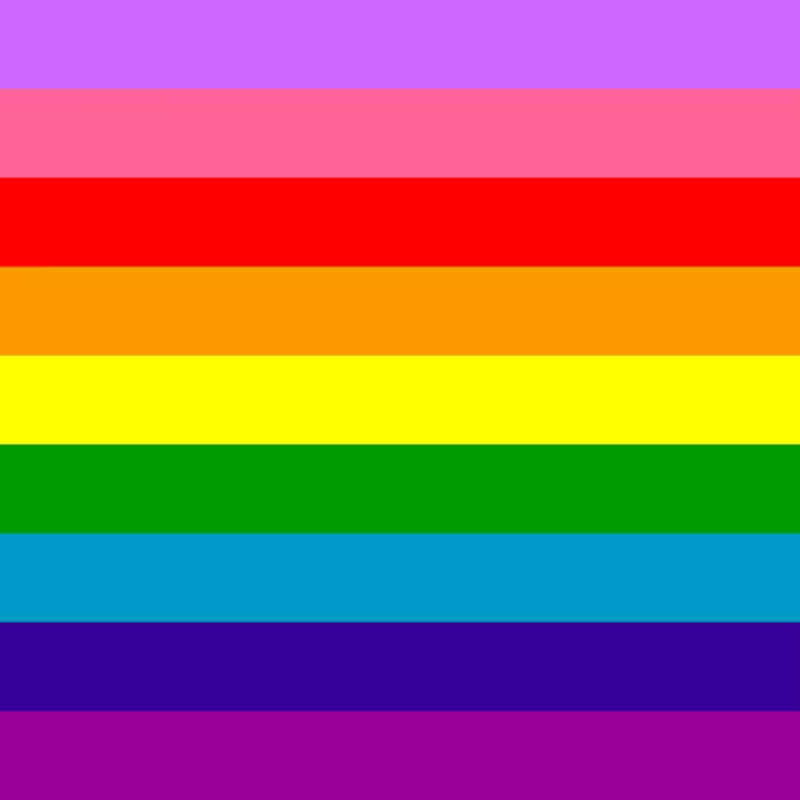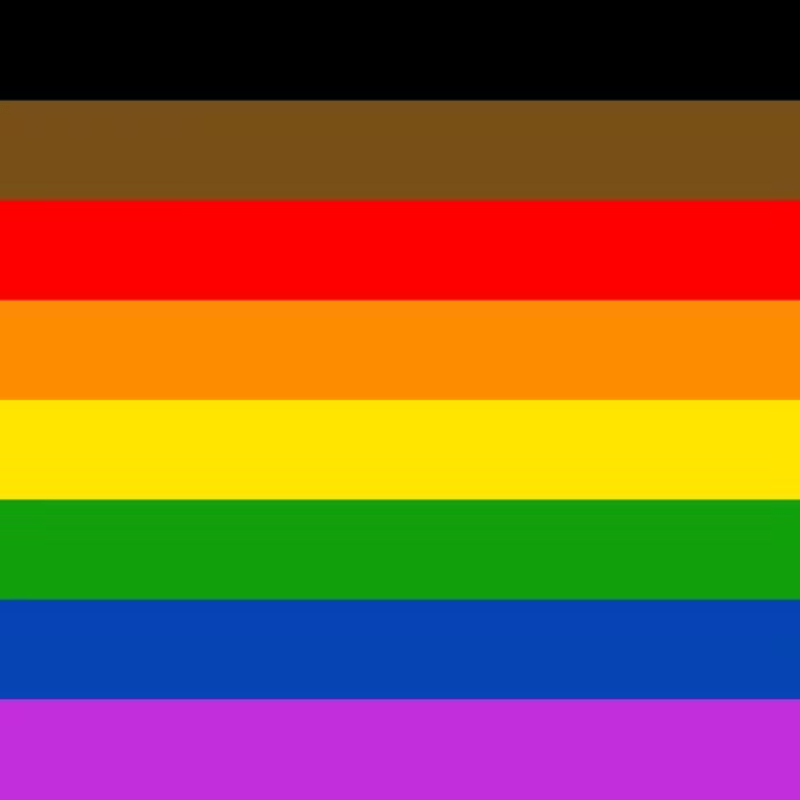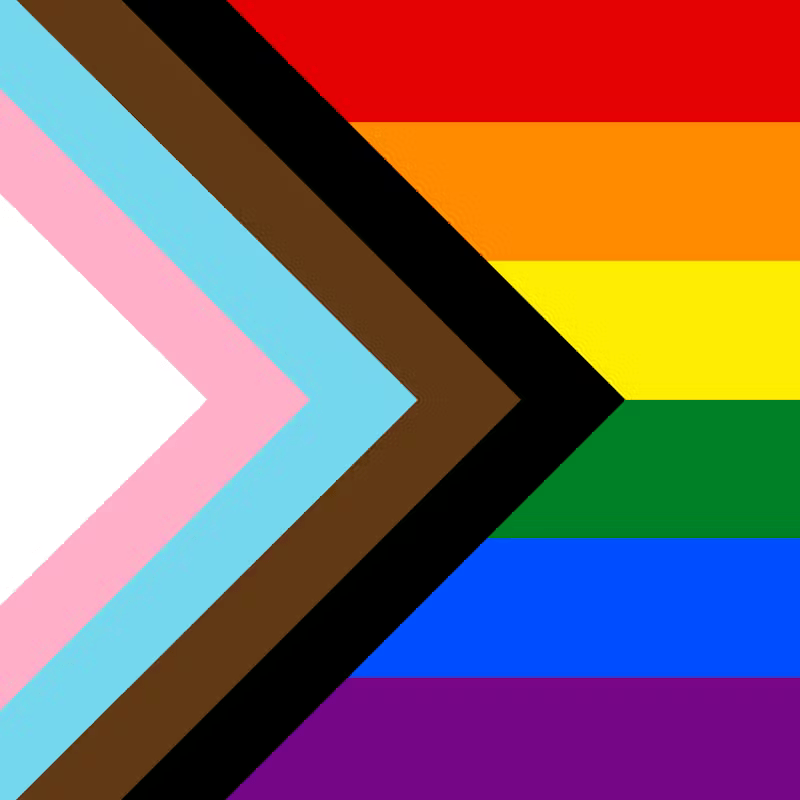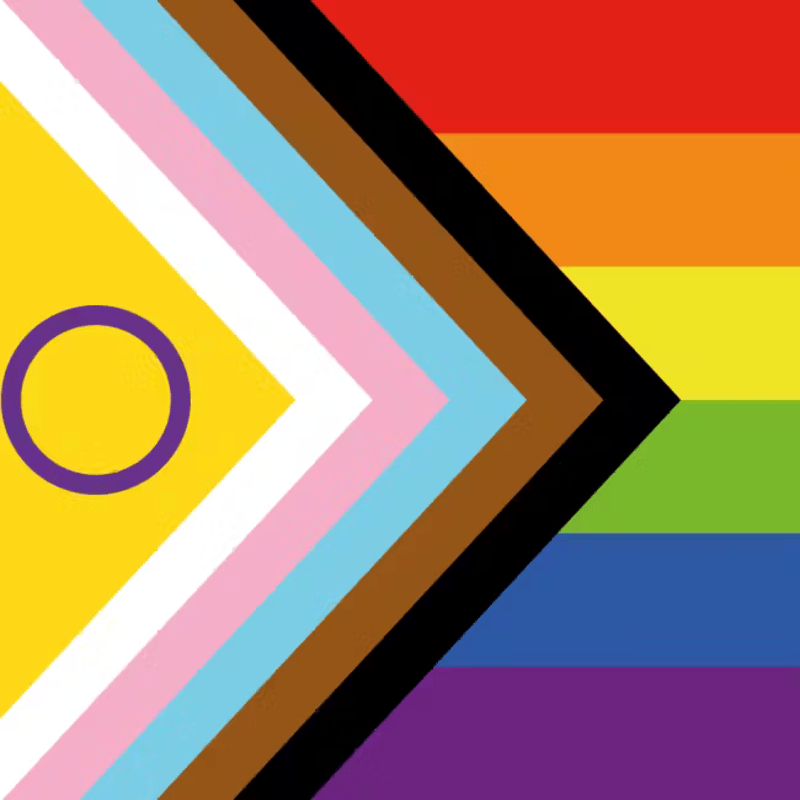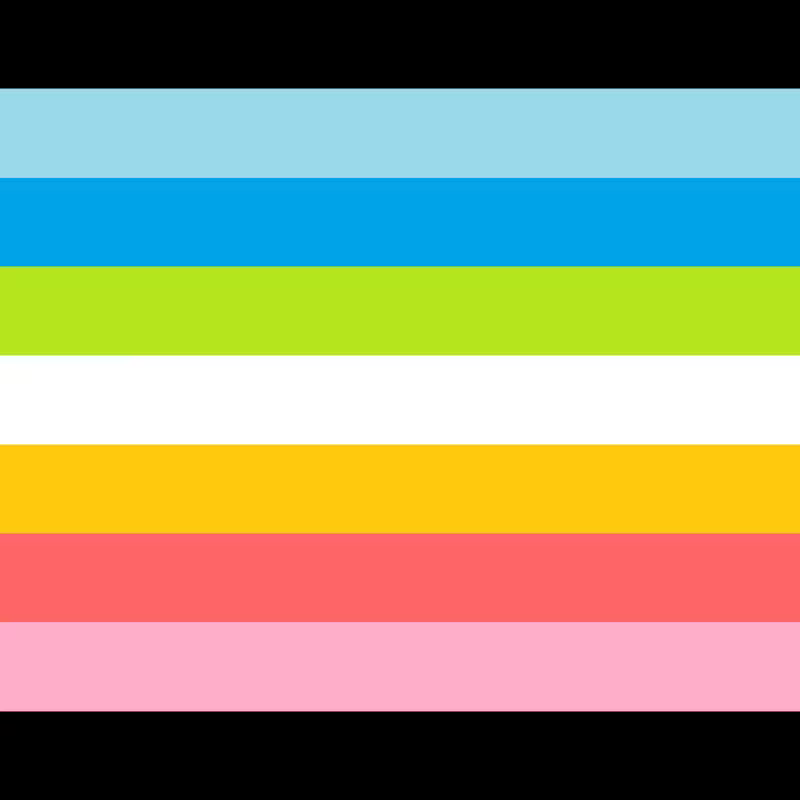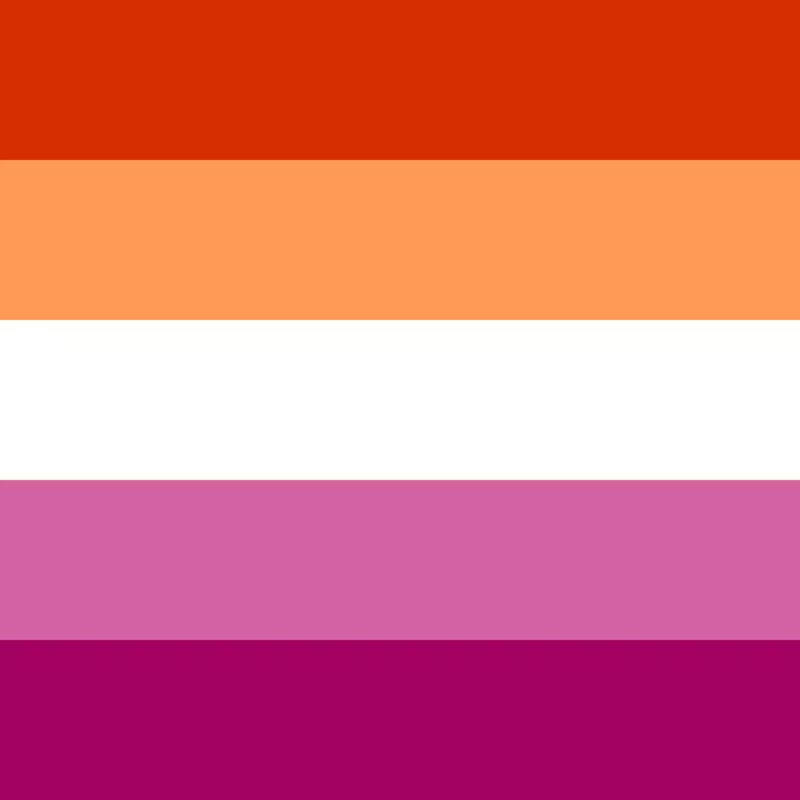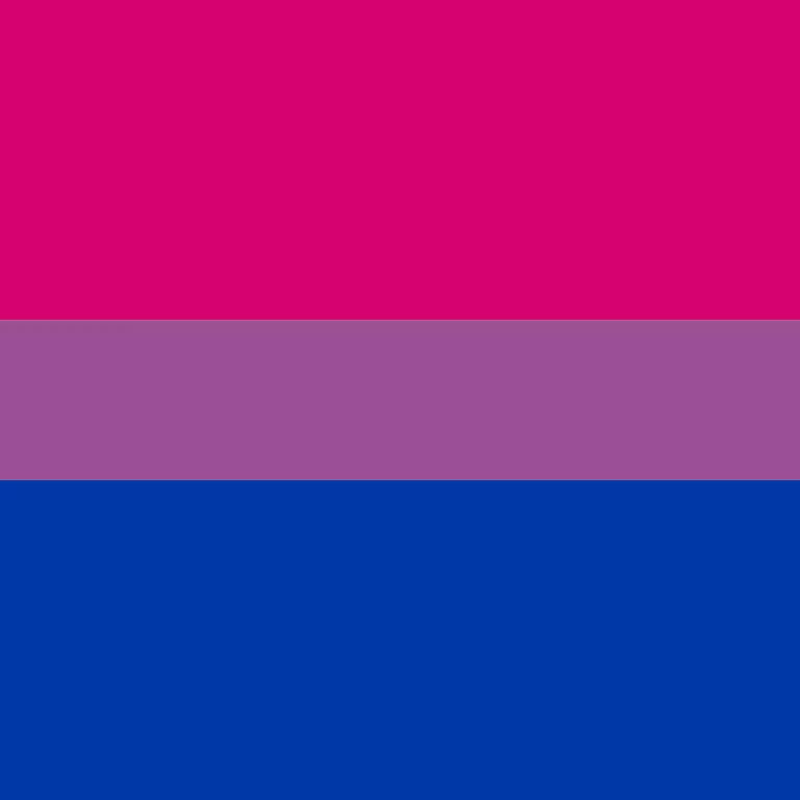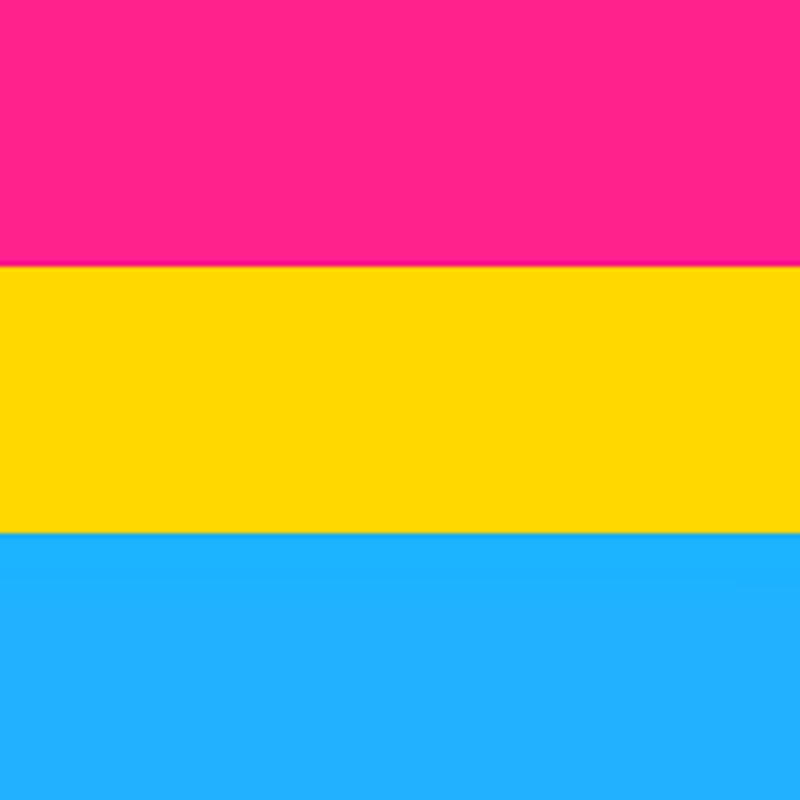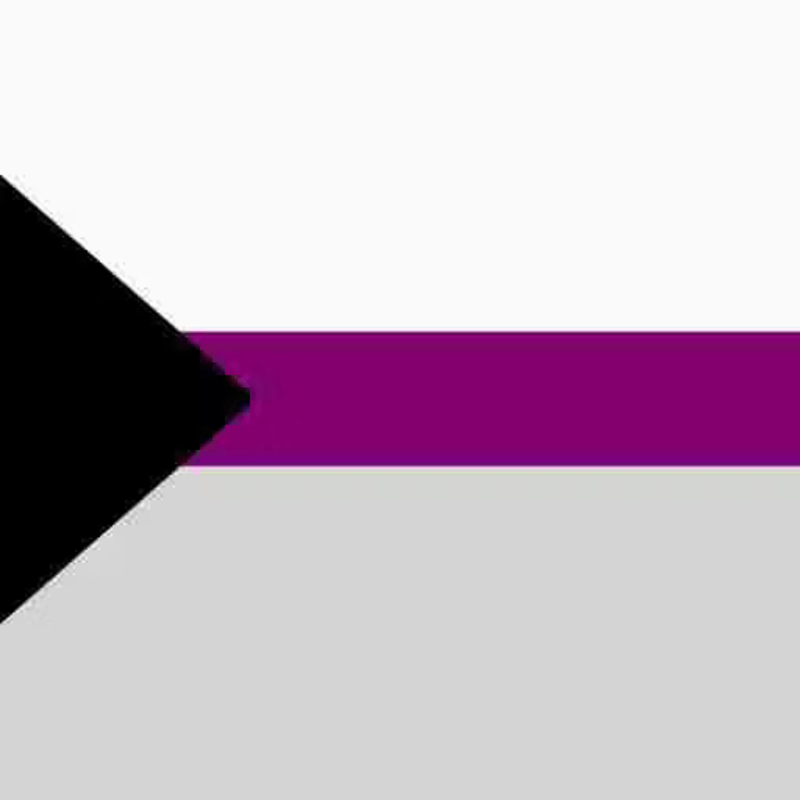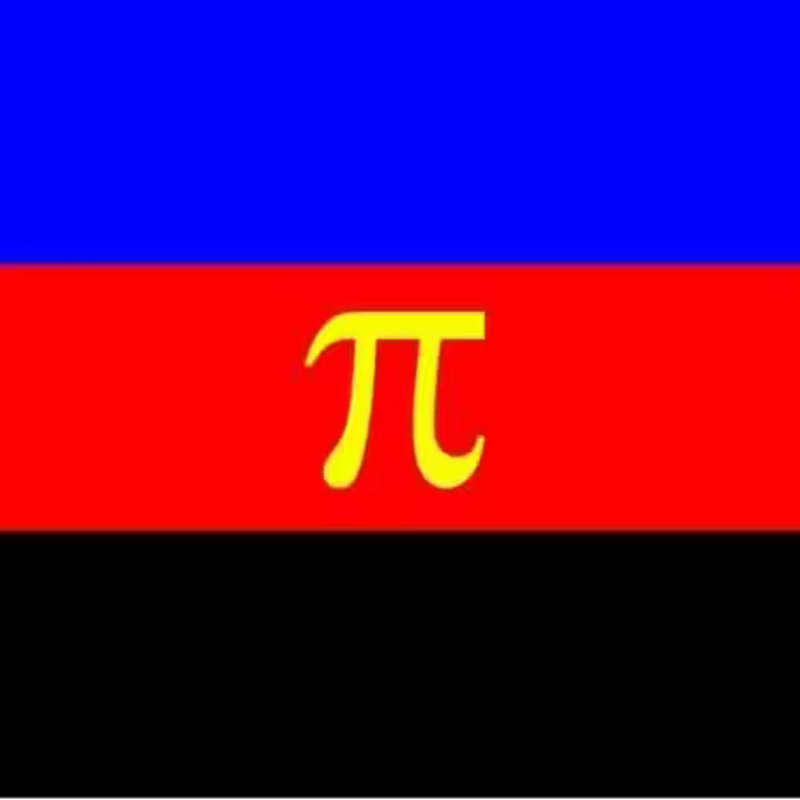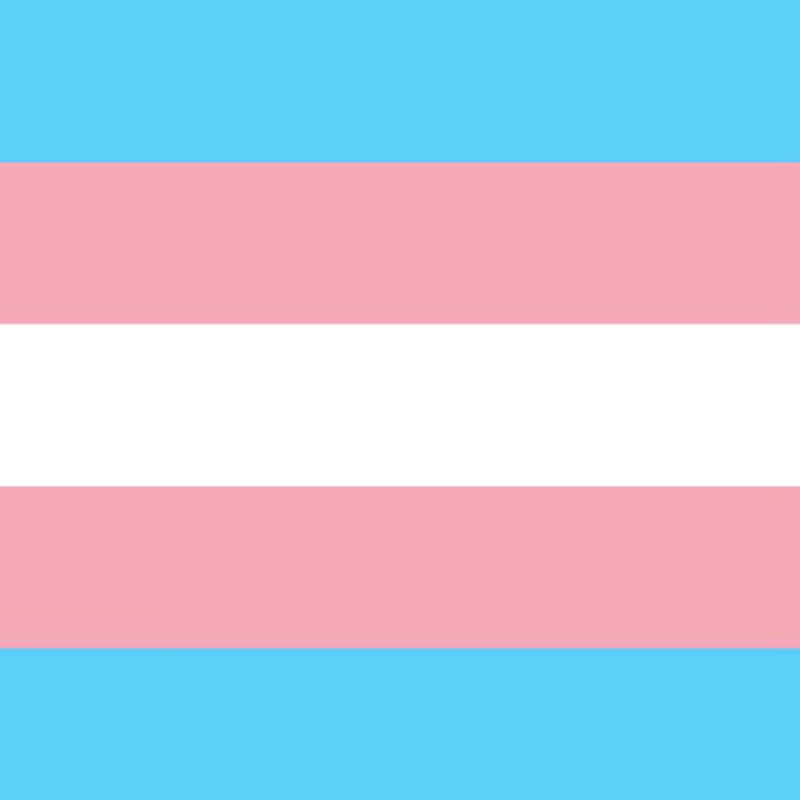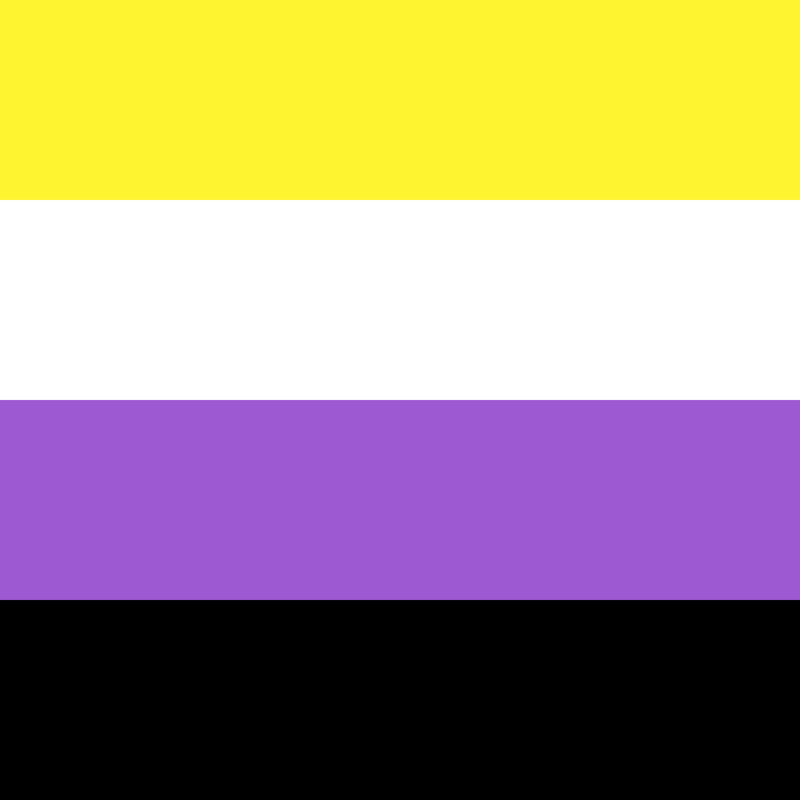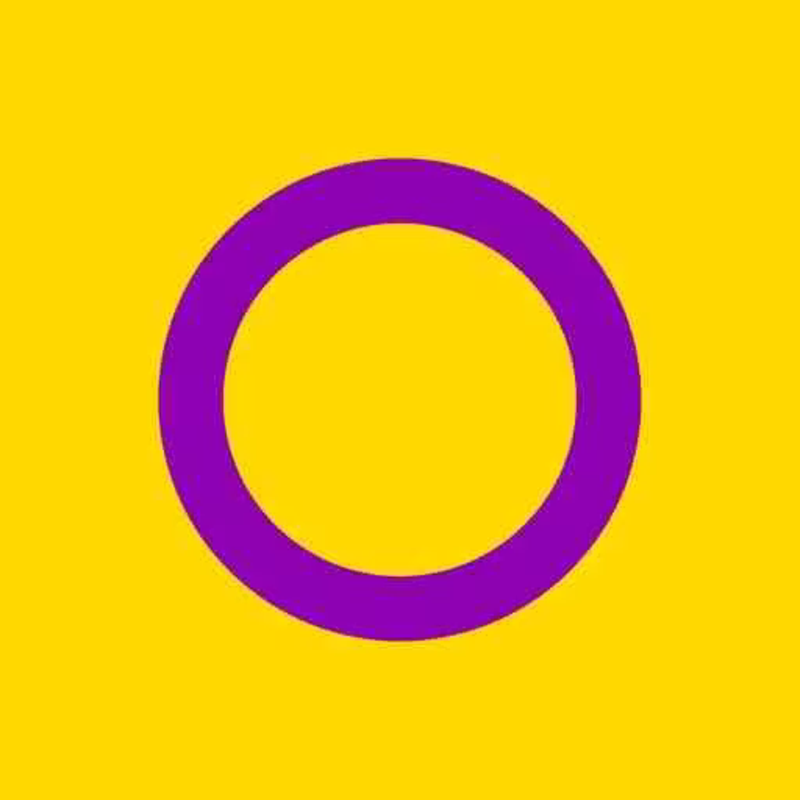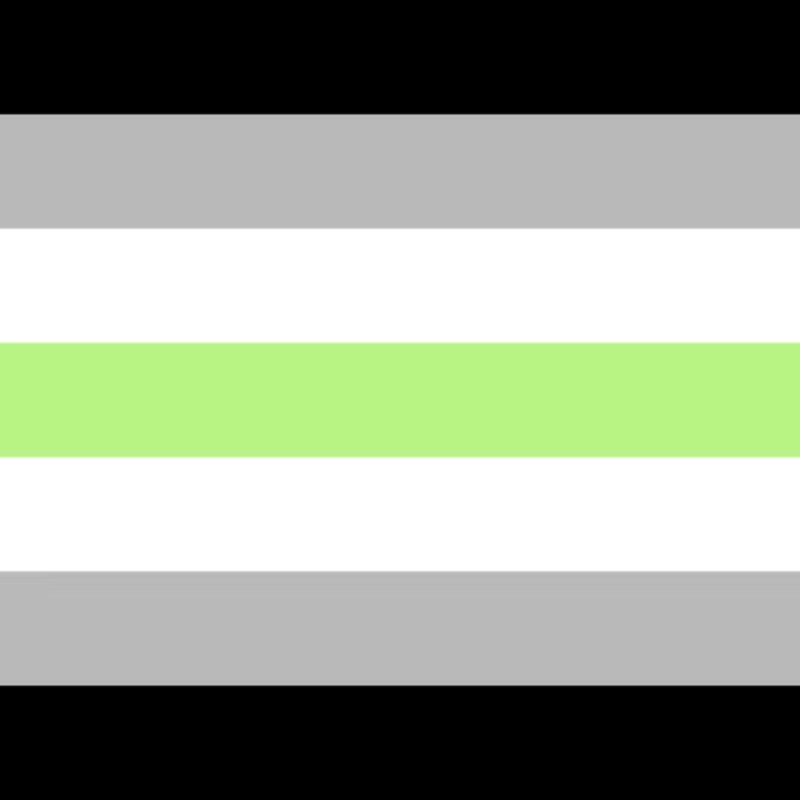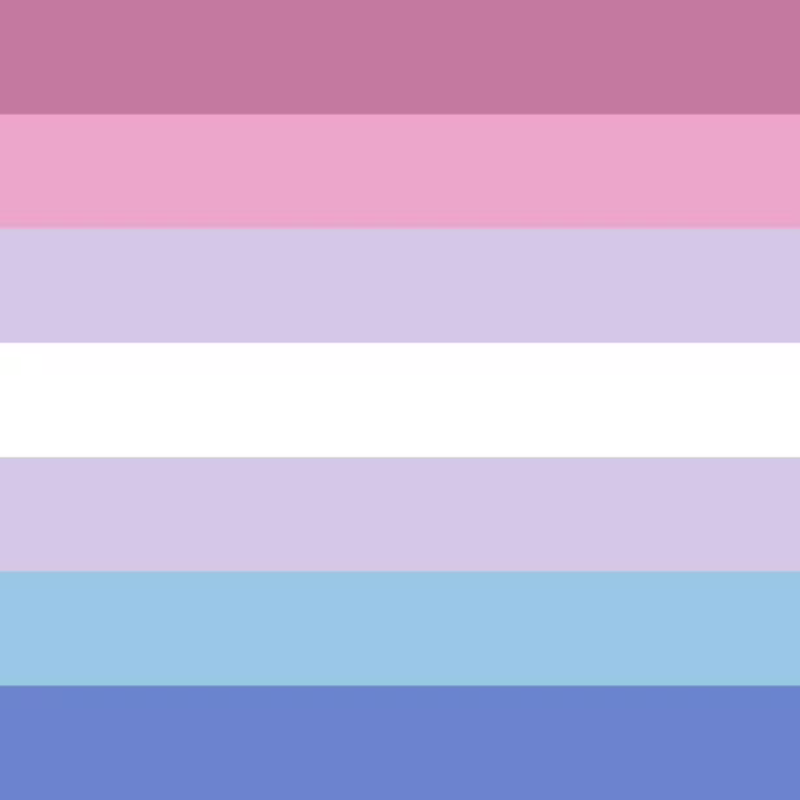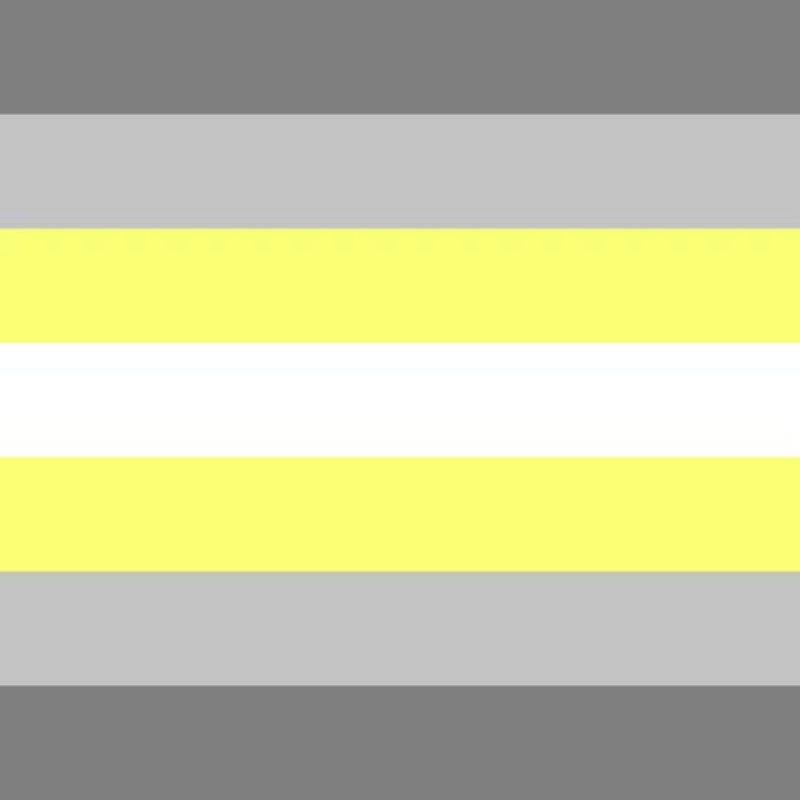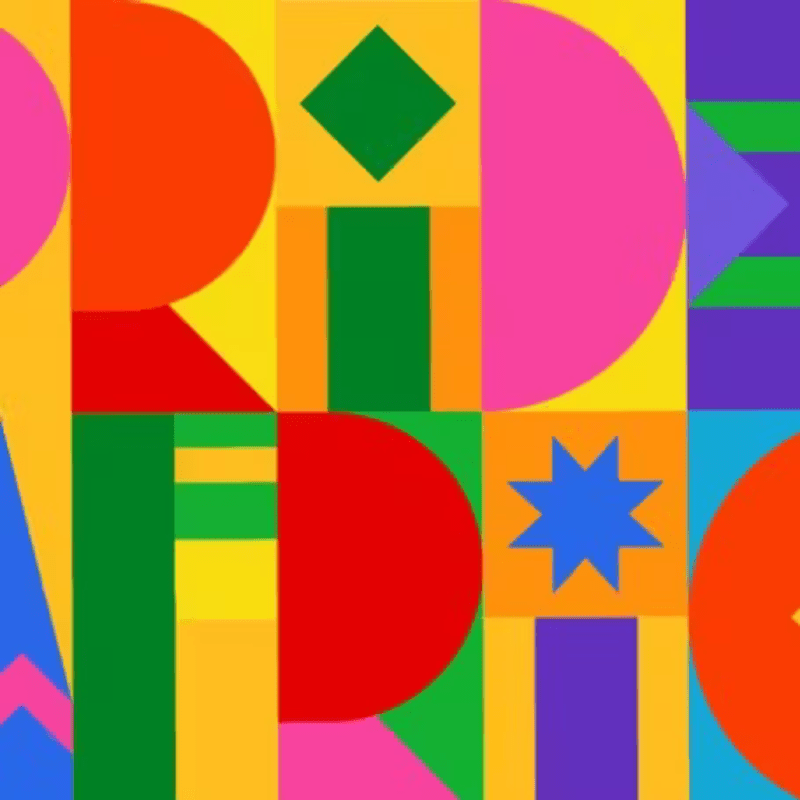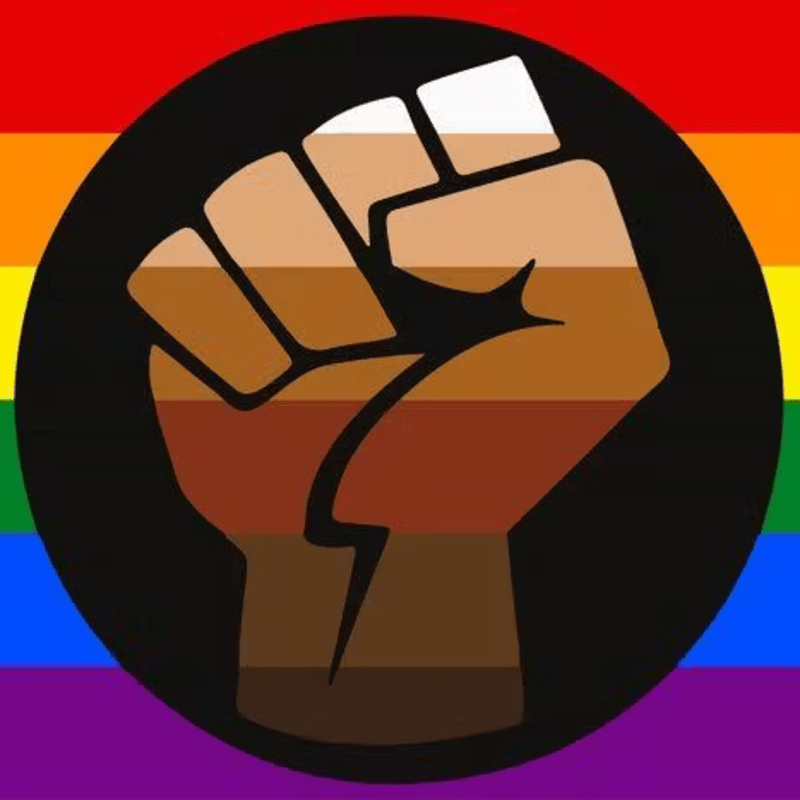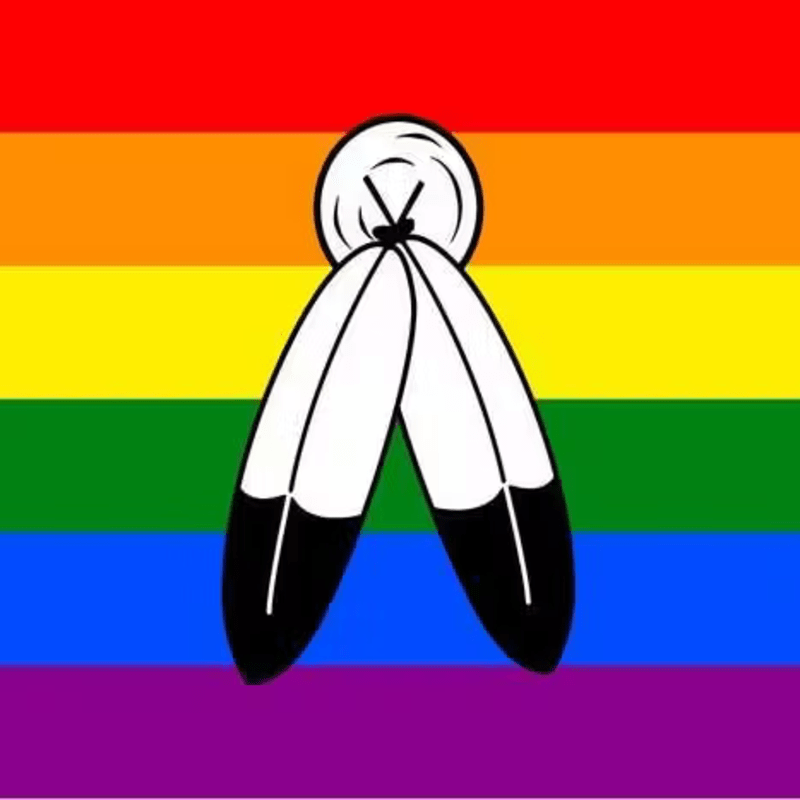The Evolution and Symbolism of the Pride Flag:
Celebrating LGBTQ+ Diversity and Identity
As the LGBTQ+ community continues to strive for equality and acceptance, the pride flag stands as a powerful symbol of strength, diversity, and identity. Beyond its vibrant colors, the pride flag holds a rich history that reflects the evolution of LGBTQ+ rights and the ongoing fight for LGBTQ+ rights around the world.
Originally designed by artist and activist Gilbert Baker in 1978, the pride flag has become an enduring symbol of LGBTQ+ pride, unity, and resilience. Each color carries its own significance, representing different aspects of the LGBTQ+ community. From red for life, orange for healing, and yellow for sunlight, to green for nature, blue for harmony, and purple for spirit, the pride flag encapsulates a tapestry of experiences and struggles.
Throughout the years, the pride flag has evolved to be more inclusive, with various iterations incorporating additional colors and symbols to represent various identities within the LGBTQ+ community. From the transgender pride flag to flags representing non-binary, pansexual, and asexual communities, these symbols serve as a visual celebration of diversity and a reminder of the ongoing fight for inclusivity.
In this article, we examine the evolution and symbolism of the pride flag, exploring its significance within the LGBTQ+ community and the broader cultural landscape. Join us on this journey of embracing diversity and honoring the rich tapestry of identities that make up the vibrant LGBTQ+ community.

